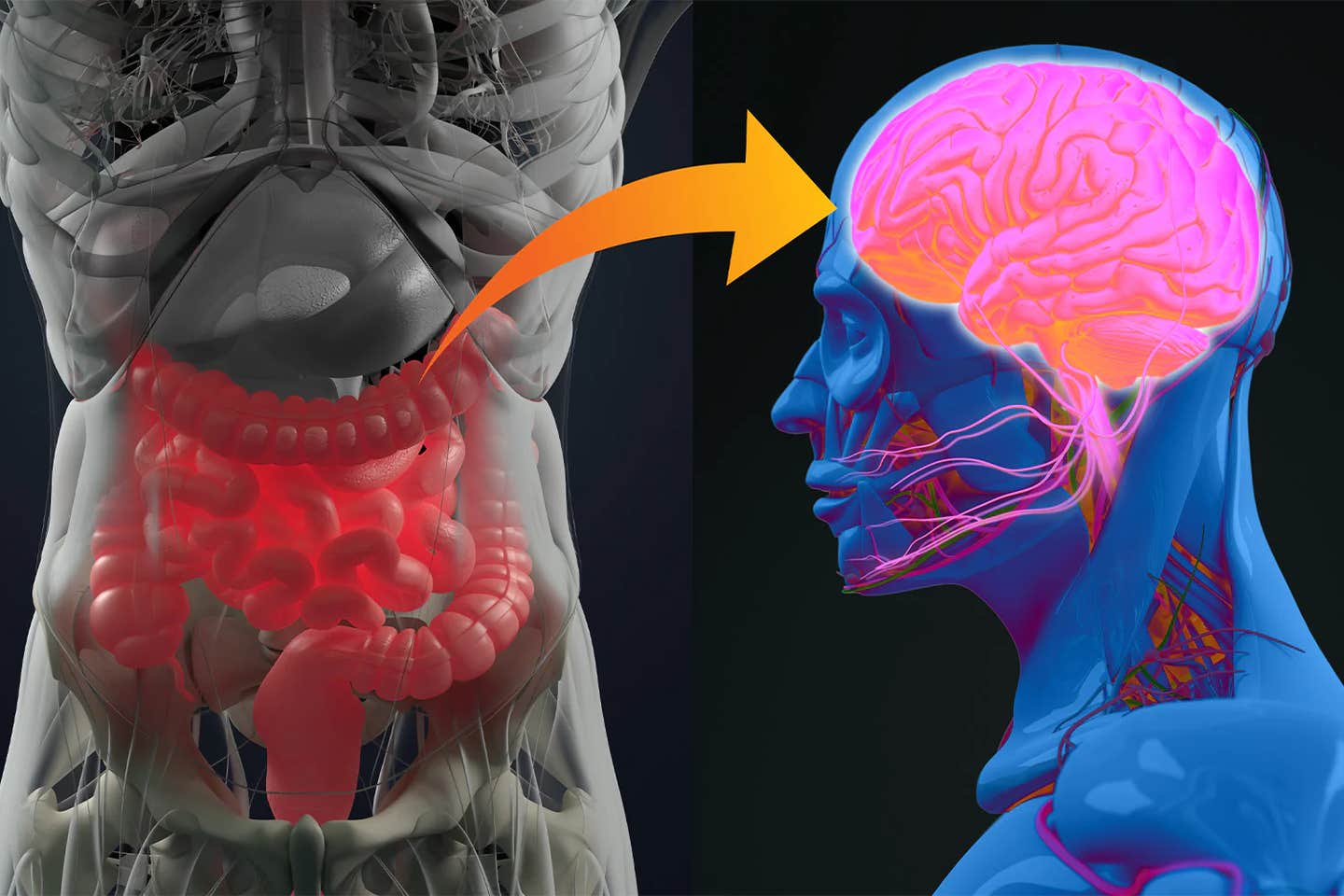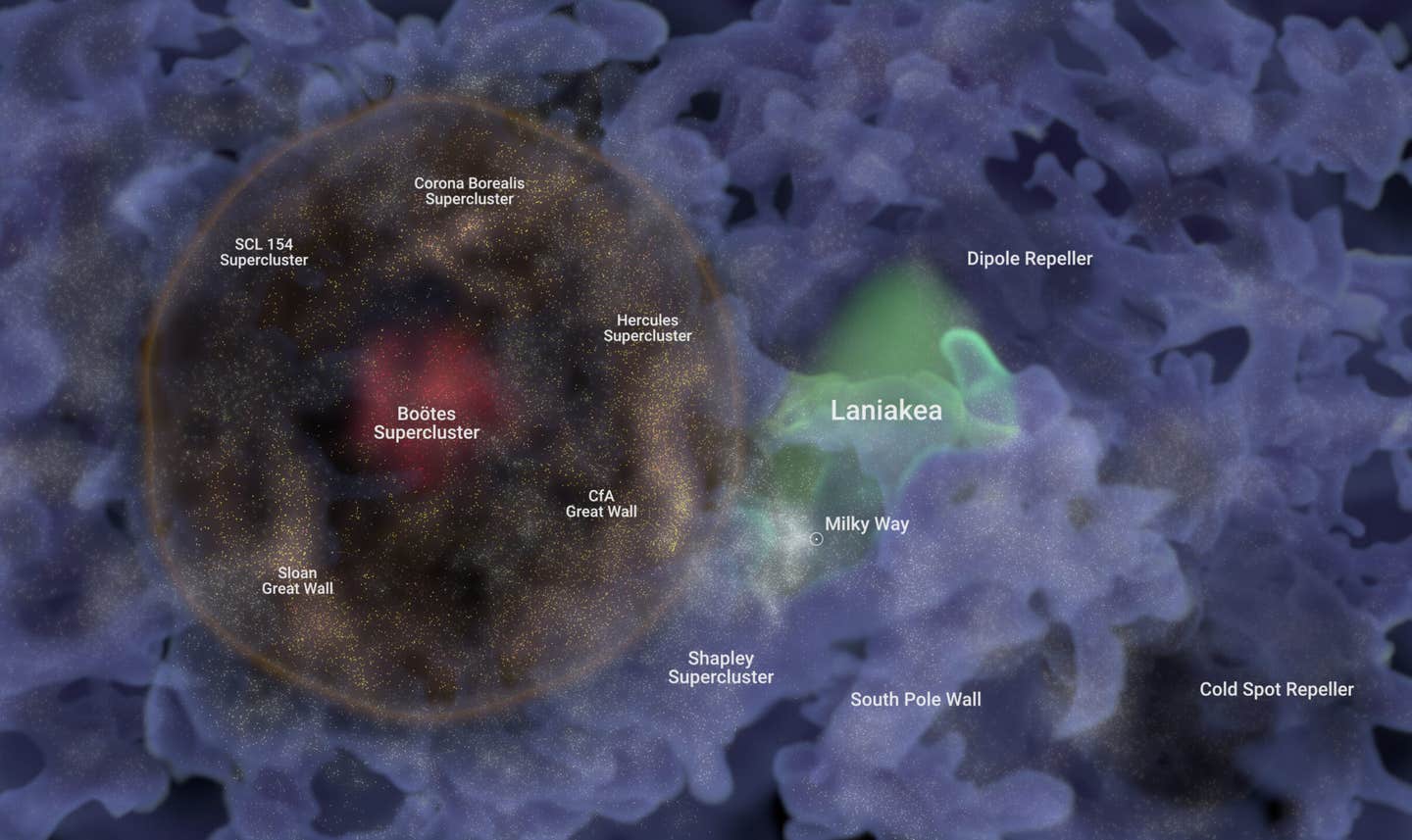Breakthrough technology probes the connections between the brain and gut
MIT engineers’ new technology can probe the neural circuits that influence hunger, mood, and a variety of diseases.

[June 24, 2023: Staff Writer, The Brighter Side of News]
MIT engineers’ new technology can probe the neural circuits that influence hunger, mood, and a variety of diseases. (CREDIT: Creative Commons)
The comprehensive nexus of communication pathways linking our brain and digestive tract, not only controls feeding and other behaviors, but also influences our mental state and has implications in many neurological disorders. This is an arena that researchers have long yearned to probe with precision, but the technological apparatus that could facilitate such exploration remained elusive until recently.
MIT engineers have innovatively designed a novel technology that facilitates probing into these intricate connections. With the use of fibers studded with diverse sensors, along with light sources for optogenetic stimulation, they have demonstrated the ability to manipulate the neural circuits linking the gut and the brain in mice. The research marks a significant step forward in our understanding of the brain-body connection, casting a light on the largely unexplored realm of gut-brain interaction.
“The exciting thing here is that we now have technology that can drive gut function and behaviors such as feeding. More importantly, we have the ability to start accessing the crosstalk between the gut and the brain with the millisecond precision of optogenetics, and we can do it in behaving animals,” Polina Anikeeva, the Matoula S. Salapatas Professor in Materials Science and Engineering, professor of brain and cognitive sciences, associate director of MIT’s Research Laboratory of Electronics, and a member of MIT’s McGovern Institute for Brain Research, expresses enthusiastically.
Anikeeva is the senior author of this groundbreaking study, which was published in Nature Biotechnology. Collaborating with her in this extensive work were Atharva Sahasrabudhe, a graduate student at MIT; Laura Rupprecht, a postdoc from Duke University; Sirma Orguc, a postdoc from MIT; and Tural Khudiyev, a former MIT postdoc.
Related Stories
The brain-body connection has been a realm of intense research. The K. Lisa Yang Brain-Body Center, launched last year by the McGovern Institute, has been a primary player in examining the interaction between the brain and the body's other organs. Researchers at the center aim to unravel how these interactions shape behavior and overall health and aspire to develop future therapies for a range of diseases.
Anikeeva explains that there is an incessant, bidirectional conversation occurring between the body and the brain. The traditional viewpoint considered the brain as a supreme organ dictating all bodily functions. However, newer research suggests that feedback to the brain from other organs plays a substantial role in controlling several functions previously considered under the exclusive control of the central neural system.
Driven by this intriguing facet of brain-body interaction, Anikeeva steered her interest towards the signals traversing between the brain and the gut's nervous system, the enteric nervous system. This system, composed of sensory cells in the gut, influences hunger and satiety via neuronal communication and hormone release. However, dissecting the effects of hormones and neural signals has been a challenging task due to the lack of a means to rapidly measure the neuronal signals, which occur within milliseconds.
These flexible fibers, which are embedded with sensors and light sources, can be used to manipulate and monitor the connections between the brain and the digestive tract. (CREDIT: MIT)
The team decided to engineer their own device when the one they required didn't exist. The electronic interface they designed comprised flexible fibers capable of performing a variety of functions and could be inserted into organs of interest. Sahasrabudhe used a technique called thermal drawing to create polymer filaments about as thin as human hair. These filaments, equipped with electrodes and temperature sensors, could also carry microscale light-emitting devices for optogenetic stimulation of cells, and microfluidic channels for drug delivery.
The mechanical properties of these fibers can be modified to suit different parts of the body. For the brain, stiffer fibers were created that could be inserted deep into the brain. On the other hand, for digestive organs such as the intestine, they designed delicate, rubbery fibers that do not damage the organ lining but can withstand the harsh digestive tract environment.
Duke University postdoc Laura Rupprecht, MIT graduate student Atharva Sahasrabudhe, and MIT postdoc Sirma Orguc in the lab. (CREDIT: MIT)
The researchers have also made the fibers capable of wireless control, using an external control circuit that can be temporarily affixed to the animal during an experiment. This wireless control circuit is a result of the joint efforts of Orguc, a Schmidt Science Fellow, and Harrison Allen ’20, MEng ’22, who were co-advised between the Anikeeva lab and the lab of Anantha Chandrakasan, dean of MIT’s School of Engineering and the Vannevar Bush Professor of Electrical Engineering and Computer Science.
Using this interface, the researchers conducted a series of experiments demonstrating the influence of behavior through the manipulation of both the gut and the brain. Initially, they stimulated the ventral tegmental area (VTA) of the brain, which releases dopamine. This dopamine release enticed the mice to return to a specific chamber of their cage where the dopamine neurons were activated, seeking the dopamine reward.
The researchers then decided to check if they could induce the same behavior by influencing the gut. They released sucrose into the gut using the fibers, which activated dopamine release in the brain, causing the mice to seek out the chamber they were in when sucrose was delivered.
Schematic illustration of microelectronics-integrated multifunctional fibers that enable wireless modulation of brain and gut neural circuits. (CREDIT: Nature Biotechnology)
In collaboration with their Duke University colleagues, the researchers further demonstrated that they could stimulate the same reward-seeking behavior by directly stimulating nerve endings in the gut linked to the vagus nerve, which regulates digestion and other bodily functions.
“Again, we got this place preference behavior that people have previously seen with stimulation in the brain, but now we are not touching the brain. We are just stimulating the gut, and we are observing control of central function from the periphery,” Anikeeva notes, highlighting the significance of their findings.
Working closely with Rupprecht, Sahasrabudhe explored the fibers' ability to control feeding behaviors. They discovered that the devices could stimulate cells to produce cholecystokinin, a hormone promoting satiety. Activation of this hormone suppressed the mice's appetite, despite having been fasting for several hours. The researchers observed a similar effect when they stimulated cells to produce a peptide called PYY, which normally suppresses appetite after consuming very rich foods.
Fabrication and characterization of multifunctional brain fibers. Preform layout and assembly of a multifunctional brain fiber that comprises interconnect channels in the central PC layer and a precursor to microfluidic channel and recording electrodes in the bottom PC layer. (CREDIT: Nature Biotechnology)
The research team is now planning to apply this interface to study neurological conditions that are believed to have a connection with the gut-brain interaction. For instance, studies have suggested that children with autism are more likely to be diagnosed with GI dysfunction than their peers, while anxiety and irritable bowel syndrome share genetic risks.
“We can now begin asking, are those coincidences, or is there a connection between the gut and the brain? And maybe there is an opportunity for us to tap into those gut-brain circuits to begin managing some of those conditions by manipulating the peripheral circuits in a way that does not directly ‘touch’ the brain and is less invasive,” Anikeeva adds.
This research marks a pivotal step forward in our understanding of the brain-body connection and lays the groundwork for future studies exploring the impact of the gut on neurological conditions and behavior. The team's innovative approach to creating a device to examine this connection opens up new possibilities for potential therapies and a deeper understanding of the relationship between the brain, the body, and behavior.
Note: Materials provided above by The Brighter Side of News. Content may be edited for style and length.
Like these kind of feel good stories? Get the Brighter Side of News' newsletter.
Joseph Shavit
Head Science News Writer | Communicating Innovation & Discovery
Based in Los Angeles, Joseph Shavit is an accomplished science journalist, head science news writer and co-founder at The Brighter Side of News, where he translates cutting-edge discoveries into compelling stories for a broad audience. With a strong background spanning science, business, product management, media leadership, and entrepreneurship, Joseph brings a unique perspective to science communication. His expertise allows him to uncover the intersection of technological advancements and market potential, shedding light on how groundbreaking research evolves into transformative products and industries.



